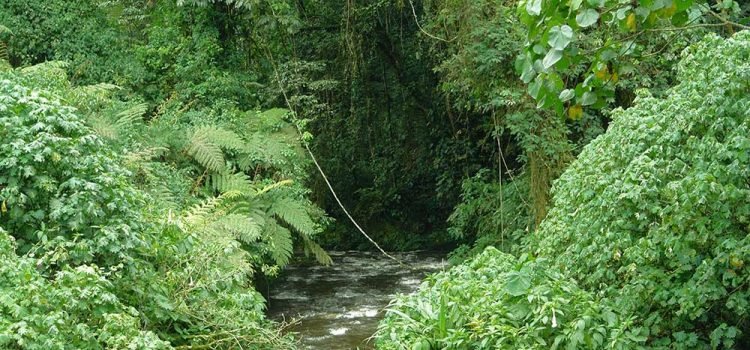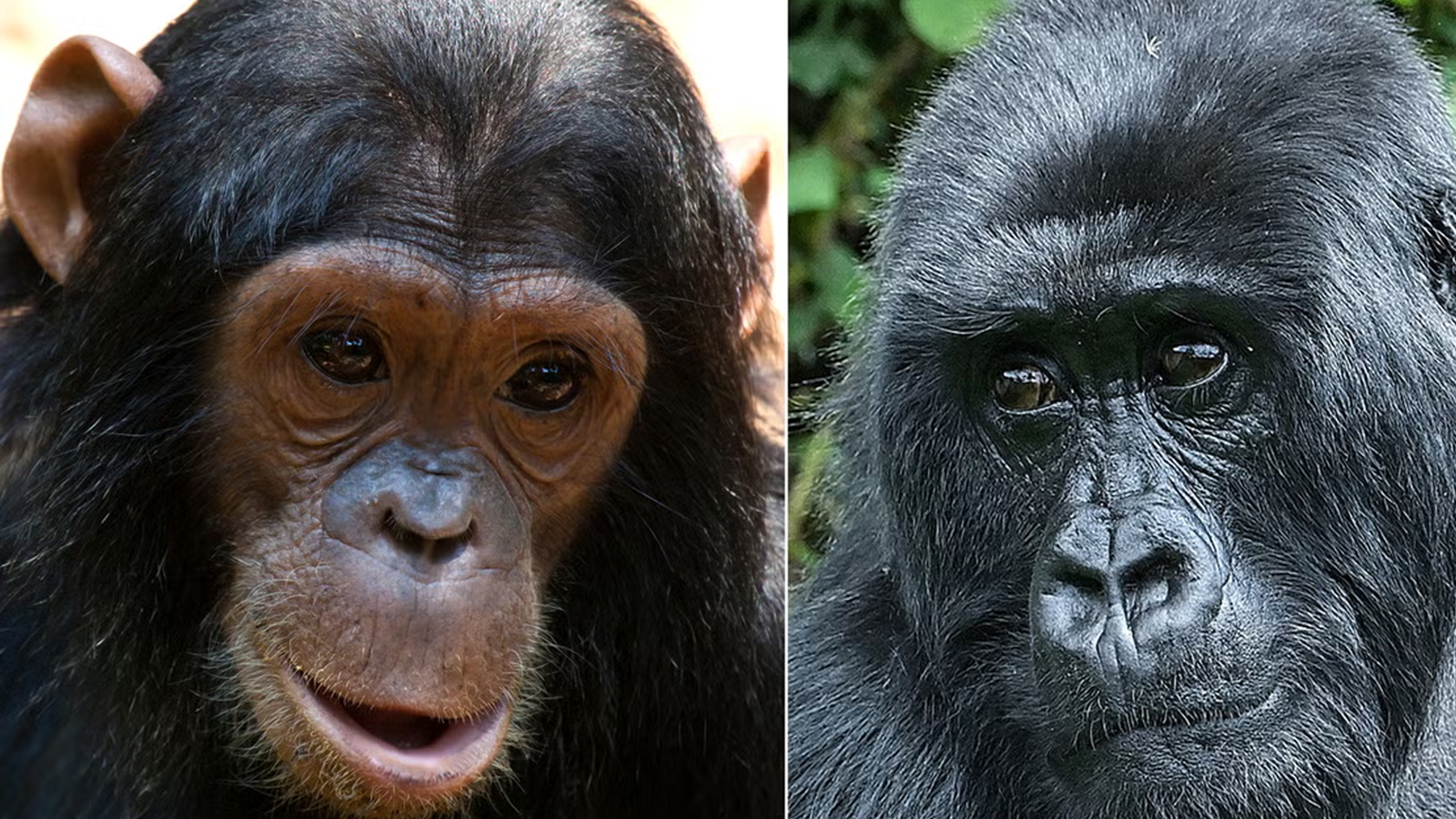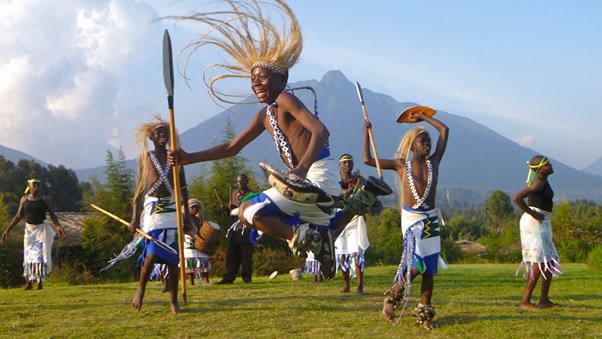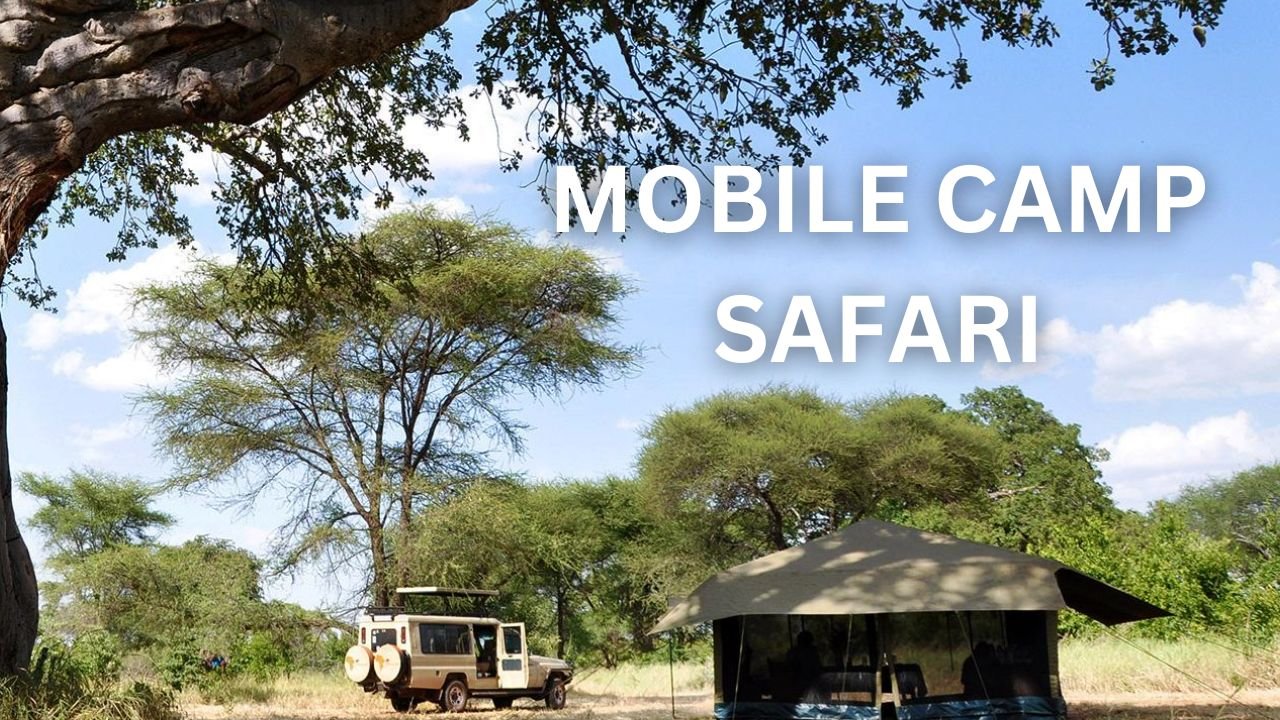Bwindi Waterways: Rivers and Streams
Bwindi Impenetrable National Park is located in a region known for its high rainfall and mountainous terrain. As a result, the park is crisscrossed by a network of small rivers and streams that meander through the dense forested terrain. Bwindi Impenetrable National Park is home to several small rivers and streams that flow through its forested terrain.
- Ivi River: This river flows through the northern part of the park and is one of the larger waterways within Bwindi.
- Mubwindi River: This river runs through the eastern part of the park and is named after the local people of the area.
- Kashasha River: It’s a small river located in the southwestern part of the park.
- Nteko River: This river flows through the southeastern region of the park.
- Kanyamwabo River: Another river that is present in the southern part of the park.
- Rusizi River (also known as Rukarara): This river forms part of the border between Rwanda and the Democratic Republic of Congo (DRC), and it is located near the park’s southern boundary.
- Kanyamisinga River: It’s a small river found in the southern section of the park.
Water Source: Bwindi Waterways Rivers and Streams
Bwindi Impenetrable National Park, water sources primarily come from the network of small rivers, streams, and springs that flow through the forested terrain. These water sources are vital for supporting the park’s diverse ecosystem and sustaining its wildlife, including the critically endangered mountain gorillas.-
Rainfall:
- Streams and Rivers: The park’s landscape is characterized by numerous streams and rivers that originate from the higher elevations of the mountains. These waterways flow through the dense forest and supply freshwater to various parts of the park, creating vital habitats for flora and fauna.
- Springs: Natural springs are also present in the park, serving as additional water sources. Springs are formed when groundwater emerges naturally at the surface due to the geology and topography of the area. These springs provide reliable water access for wildlife, especially during the dry season.
- Water Holes: In addition to the flowing rivers and streams, there might be small water holes or depressions that retain water during dry periods. These water holes can become critical drinking spots for animals when other water sources are scarce.
- Water Catchment Areas: The mountainous terrain of Bwindi acts as a natural water catchment area. Rainwater is collected in the higher elevations and then gradually flows down through the forested slopes, nourishing the rivers and streams along the way.
- Human-made Water Points: In certain areas where tourism activities take place, park authorities might set up human-made water points or water troughs. These are intended to ensure the availability of water for visitors and sometimes wildlife, particularly during the dry season.
- Montane Forest: The dominant habitat in Bwindi is the montane forest, which covers a significant portion of the park. This is a dense, thick forest characterized by tall trees, including hardwoods, bamboo, and various shrubs and ferns. The forest canopy forms an intricate network that provides shade and shelter for numerous species.
- Lowland Forest: While montane forest predominates, Bwindi also features sections of lowland forest. These areas have slightly different vegetation compositions and provide habitats for various plant and animal species adapted to lower altitudes.
- Swamps and Wetlands: The park includes several swampy and wetland areas, which are essential ecosystems for biodiversity. These regions of Bwindi support unique plant species like papyrus and provide habitats for amphibians, birds, and insects.
- Rivers and Streams: As mentioned earlier, Bwindi has a network of small rivers and streams running through it. The banks of these water bodies create distinct microhabitats, supporting various aquatic plants and providing water access to wildlife.
- Grassy Clearings: Within the dense forest, there are open clearings and glades. These grassy areas are vital for certain herbivores like buffalo and elephants, which graze on the vegetation.
- Bamboo Forests: Bamboo thickets are found in certain parts of the park. They are unique habitats that provide both food and shelter for specific species, including the mountain gorillas.
- Riparian Zones: The areas alongside rivers and streams are known as riparian zones. These zones have specific vegetation adapted to the moist conditions and are often rich in biodiversity.
- Regenerating Forest: Some sections of the park might have regenerating or secondary forest, which is recovering from past disturbance, such as farming or logging. These areas offer different habitats for both generalist and specialized species.
- Highland and Lowland Zones: Bwindi’s varying elevations create a mosaic of habitats, ranging from highland zones with cooler temperatures to lower elevations with warmer conditions. Each zone supports different species adapted to these specific climates.


